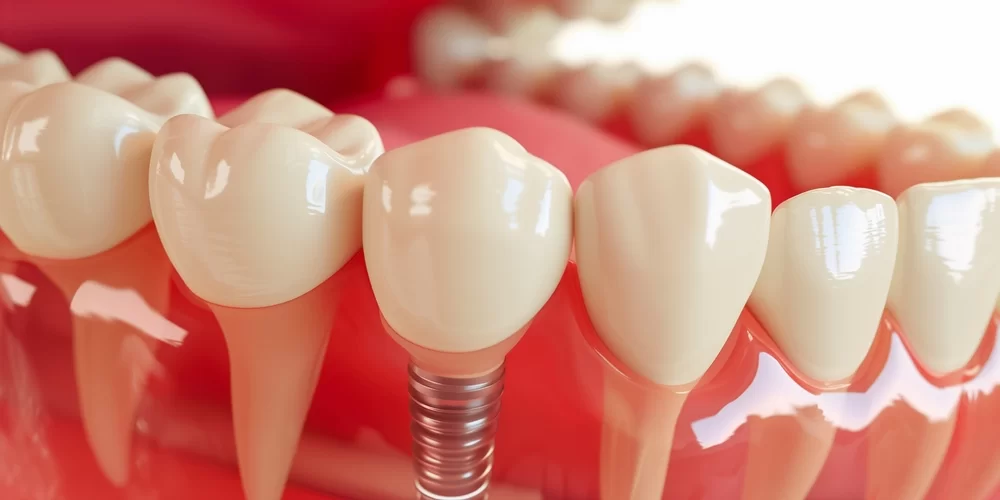Implant Treatment

What is an Implant?
An implant is a dental procedure in which a tooth is screwed into the jawbone, particularly in cases of diastema or single-tooth loss. Implants provide more comfortable and natural results compared to dentures.
Orthodontic Treatment
Orthodontic treatment is used to correct dental deformities. Braces help align teeth properly on the jawbone. Under the supervision of a specialist dentist, braces are periodically adjusted, tightened, or replaced to achieve the most natural and aesthetic appearance.
Dental Treatment in Turkey
A panoramic dental X-ray is required to determine the correct dental treatment procedures. If you share your complaints and radiographs through the forms on our website, our affiliated dentists will analyze them and provide you with detailed information about the appropriate procedures.
Implant Odontotherapy
Implants are one of the most significant applications in dentistry and are used for various purposes. In this method, artificial teeth are placed in the jawbone using screws in areas where natural teeth have been lost. The inserted teeth can be classified into different categories based on their quality.
Diastema Closure
Diastema is usually a congenital issue in aesthetic dentistry. Due to an oversized lower or upper jawbone, teeth may be spaced apart. In some cases, the lateral teeth may be missing, resulting in gaps. These gaps can be professionally closed using implants.
Implants as an Alternative to Dentures
Implants can be preferred as an alternative to traditional dentures. They can be applied to the entire dental arch or large gaps in the jawbone without the need for temporary denture structures.
Advantages of Implant Odontotherapy
Unlike dentures, which can cause hygiene and gum issues due to their removable nature, implants do not pose such problems. Since implants undergo minor shape changes, they do not cause speech or eating difficulties and can be used just like natural teeth. The adaptation period for implants is relatively short, and they provide the most natural appearance. Absorptive materials used in enamel design contribute to achieving a more natural look.
Do Implants Cause a Reaction in the Body?
Implant screws used in the jawbone are made of zirconium, a material that does not react with gum tissue or dentin. As a result, the body does not reject the screws.
Implant Treatment Sessions
Implant treatment involves several stages. After placing the screws, protective temporary teeth are placed over them. Following a series of tests to ensure compatibility with the patient’s oral structure, the final dental mold is determined. The treatment process concludes with the removal of protective teeth and the placement of permanent implant teeth onto the screws in the jawbone.
Frequently Asked Questions
A dental implant is a titanium screw placed into the jawbone to replace a missing tooth. The implant procedure starts with placing the implant into the jawbone. After the healing process, a crown or prosthesis is placed on the implant. This process typically takes several months.
Dental implants are generally suitable for individuals with healthy gums and sufficient jawbone. However, for people with significant bone loss or certain health conditions (such as diabetes or heart disease), implant treatment may not be appropriate. A consultation with a dentist is necessary to evaluate suitability for the procedure.